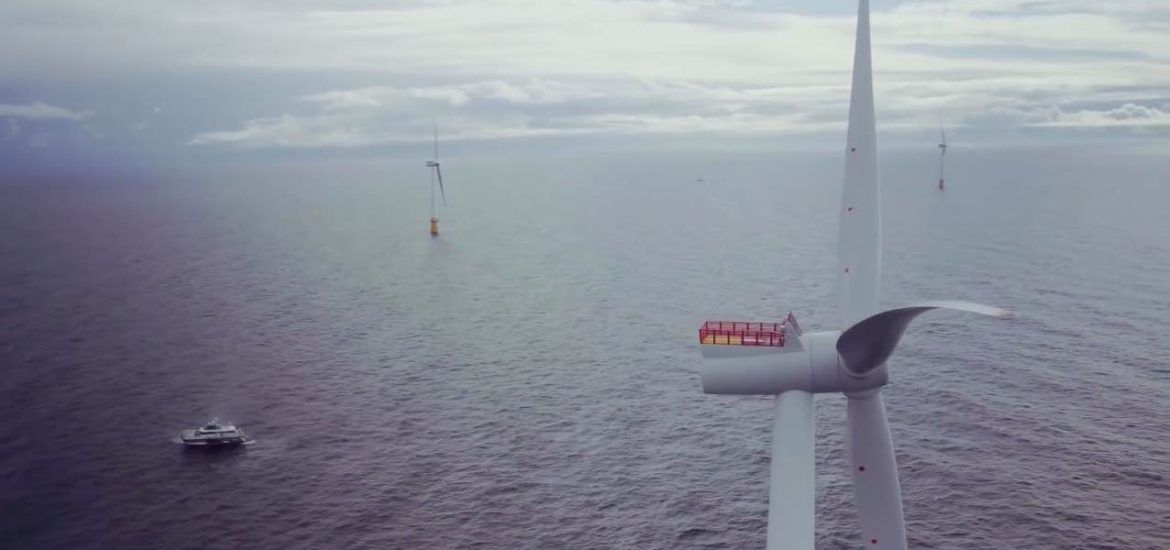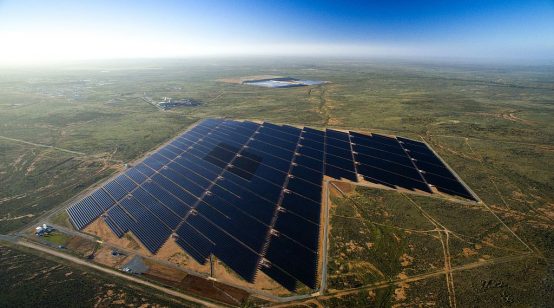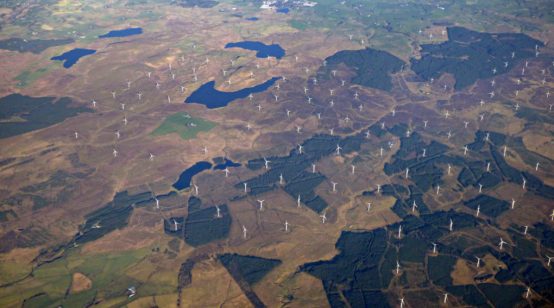
The Renewable Energy Foundation, a UK charity that monitors energy use, says that during 2019 six onshore Scottish wind farms received about 50 per cent of £127 million paid out in compensation to power down turbines.
While Scottish wind power is held up as an example for the rest of Europe to follow, the study says wind farms have expanded while being paid around £136 million to reduce output and discard surplus energy, £12 million more than was paid out in 2018.
A total of £127 million of the compensation was paid to Scottish onshore wind farms that have recently extended or are seeking permission to add turbines.
The Scottish government this month launched two consultations on more offshore wind development in Scotland and to improve understanding of its role in meeting net-zero emissions targets.
The draft Sectoral Marine Plan for Offshore Wind Energy outlined how the authorities planned to maximise offshore wind and its environmental impact, the government said.
The plan aims to inform the next round of seabed leasing for offshore wind turbines in Scottish waters.
But the study on compensation payments shines additional scrutiny on the Scottish wind sector.
The Gordonbush wind farm near Brora in Sutherland has been paid in excess of £16 million to reduce output since it came online in 2012.
The Fallago Rig in Berwickshire, near the English border, received £7.8 million in constraint payments during 2019 but it is also looking to add 12 new turbines.
Whitelee, Europe’s biggest wind farm, opened in 2007 and had added an extra 75 turbines by 2012. Despite the expansion, since 2013 Whitelee has received £106.5 million in constraint payments, including £12 million during 2019.
“The probability of constraint payments is not given any significant weight in the planning system when considering applications for new or extended wind farms, with the result that the Scottish government is needlessly, and some will feel irresponsibly, contributing to the constraint problem and to UK consumer bills,” said Helen McDade, the Scottish specialist at the charity.
Alexander Burnett, the Scottish opposition Conservative energy spokesman, said: “The fact that the SNP [Scottish National Party] are still allowing wind farms to expand despite this staggeringly high level of constraint payments already in operation is astonishing. Indeed, this absurd situation simply demonstrates the foolishness of the SNP’s renewable energy policy.”
Constraint payments were introduced in 2010 and more than £600 million has since been paid to Scotland’s wind farms.
Interconnectors are seen as one of the main solutions.
The payments have increased despite grid improvements, including the £1-billion Western Link between Hunterston and Deeside, which was built to export Scotland’s surplus renewable power.
Paul Wheelhouse, Scotland’s energy minister, said better interconnectors would reduce constraint payments. “Adding more demand load onto the grid, as we electrify Scotland’s own transport and heating systems, will also reduce the need for constraint payments.
“The importance of continued grid investment to facilitate transmission cannot be overstated and this need featured in our Networks Vision Statement which we published earlier this year,” the minister said.
Scotland’s floating Hywind project could be replicated around the world. Picture credit: YouTube





